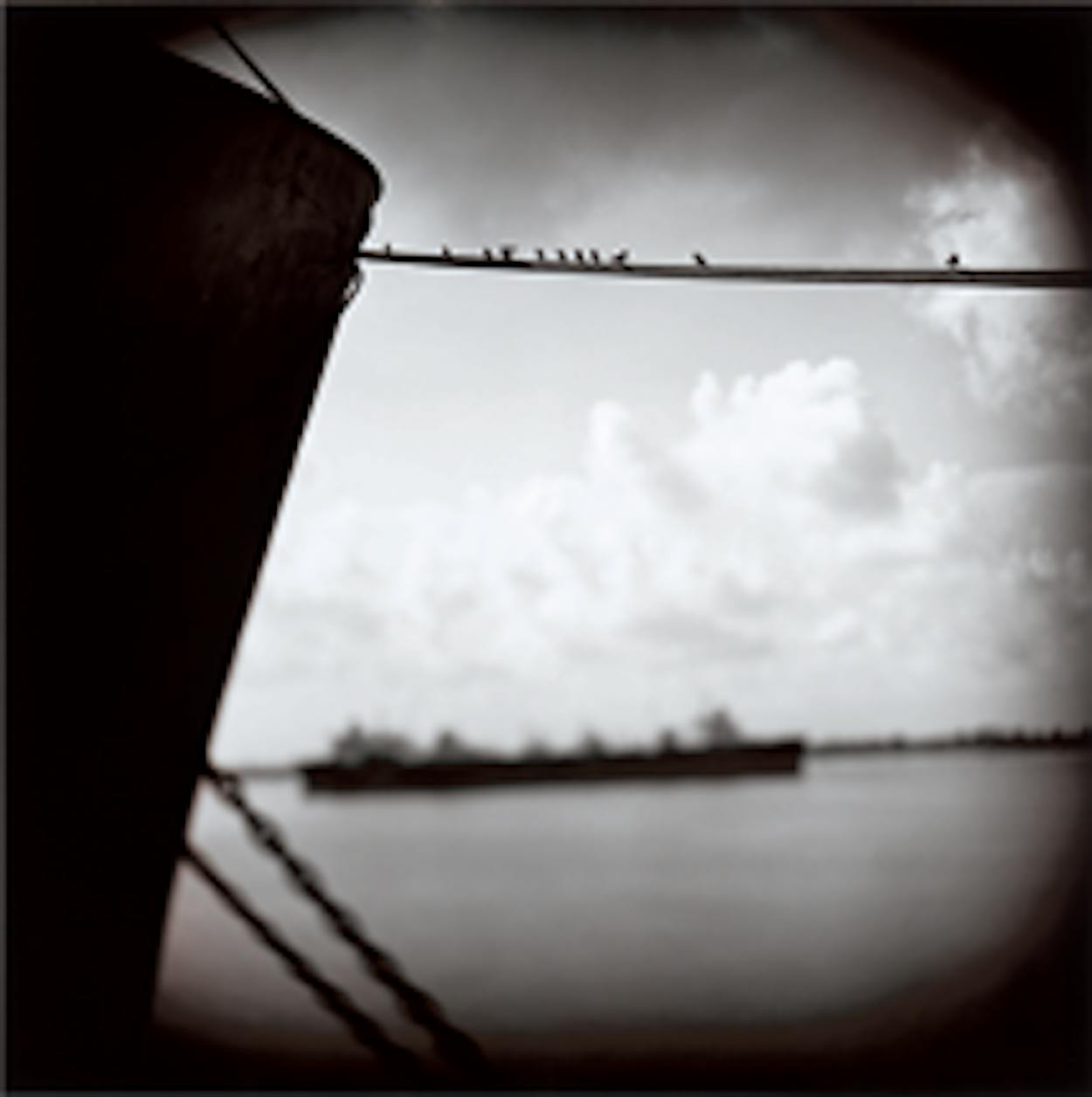If you drive east on interstate 10 from Houston toward New Orleans and decide, for no particular reason, to turn left before Lake Charles, you’ll find yourself in my hometown. Steeped in irony from the get-go, Beaumont, from the French for “beautiful mountain,” is flat as an alligator’s belly. A modest but bustling community a stone’s throw from the Gulf of Mexico, its claims to fame are the oil boom— Spindletop blew here—some legendary area musicians (Janis Joplin, Gatemouth Brown, Johnny and Edgar Winter), frenzied hurricanes, and honking big mosquitoes.
I’ve lived in Beaumont for 56 years. Before I turned ten, my family occupied a succession of apartments and rented houses—on Hazel Avenue, Broadway Street, Fifteenth Street, Dogwood Lane, South Street, and Buckingham Row— where my mom, a portrait photographer and a single parent, turned each kitchen into a makeshift darkroom. We tend to take the ordinariness of hometowns for granted. I once went with an Italian buddy, Mauro, for a drive on the outskirts of town, where he witnessed a three-foot juvenile alligator crossing the road. Wild-eyed, Mauro whipped out his phone to wake his brother in Monte Carlo and describe the event as the Second Coming. In the old stone house where I’ve lived for the past three decades with my wife, Patricia, our backyard squirrels and extravagant hothouse lizards likewise mesmerize other visitors. And this spring, for the third year in a row, we have been entertained by a pair of exotic yellow-crowned night herons building their awkward nest in one of our live oak trees.
It’s this commonplace magic of Beaumont that has, in many ways, shaped my vision. There’s the gentle surrealism of its rural environs, with the rice fields and crawfish farms, the Piney Woods to the north and east, and the white sandbars of Village Creek. There’s the town itself, with its inspiring peculiarities: the world’s third-largest fire hydrant and the charming rococo Mildred Building and the ominous-looking water tower at the Maury Meyers bridge. But what I’ve always found fascinating is Beaumont’s natural mystery—especially on the Neches River and surrounding creeks. The river rises just east of Colfax, in Van Zandt County, and meanders south toward the primordial bottomlands of the Big Thicket, drifting through pecan trees, longleaf pines, and cypress before flowing into the lush lowlands of Beaumont. I swam, fished, camped, hunted wood ducks, kissed my first girl, and made my first photographs along the Neches.
Early in my career, I sat through a snooze-fest panel discussion at a film festival in nearby Galveston. I dozed until the late playwright Horton Foote, whose Pulitzer Prize—winning work grew out of the coastal soil of Wharton, spoke. “After moving to New York and working at my craft for some years,” he said, “I learned the foundations of a creative life. But I found it wasn’t enough. I found I had to belong to a place.” I sat bolt upright, realizing that I had just discovered the missing piece in my own creative life: As an artist I needed to belong to something, belong to a place.
So I take my corner of the world with me wherever I go, whether it’s to a bed-sitting-room in Venice or a volcanic outcropping in the Galápagos Islands. My hometown is the backdrop for a rich East Texas storytelling culture, an occasional mystifying spirituality, and abundant folklore. But more than that, it is a world that, as I look through my lens, often brings to mind the words of author Czeslaw Milosz, who wrote, “Strange, strange, strange, o how strange, how strange. O how funny and strange.”







